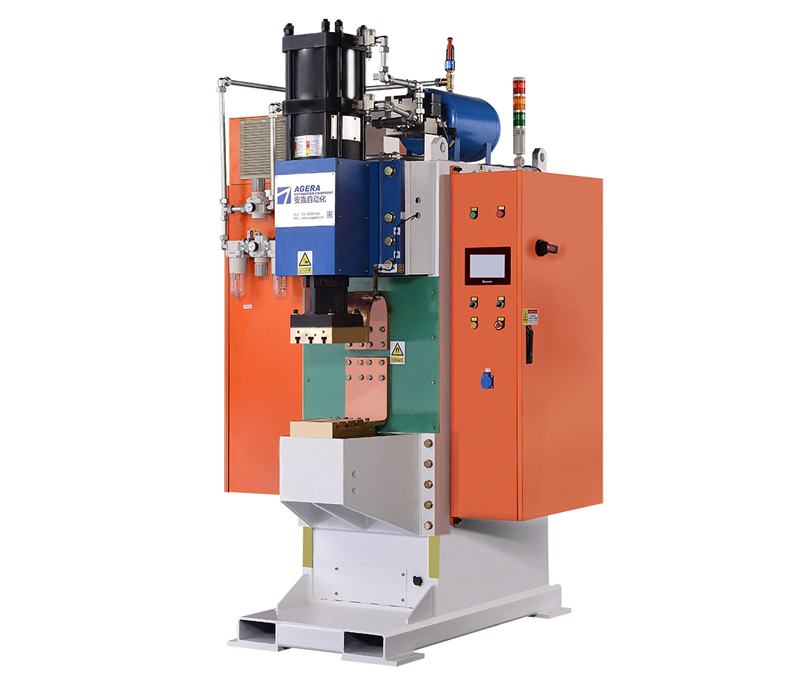How Does a Capacitor Energy Storage Spot Welding Machine Work?
Spot welding is a widely used technique in various industries, from automotive manufacturing to electronics assembly. In recent years, the traditional method of using transformers for spot welding has seen a significant innovation – the introduction of capacitor energy storage spot welding machines. These machines have become increasingly popular due to their efficiency and precision in joining metal components. In this article, we will delve into how a capacitor energy storage spot welding machine works, shedding light on the technology behind this modern welding method.
Before we explore the inner workings of a capacitor energy storage spot welding machine, it’s essential to grasp the fundamental principle behind spot welding. This process involves joining two pieces of metal together by applying pressure and an electrical current to create a strong and durable bond. Traditional spot welding relies on transformers to generate the necessary electrical current, while capacitor energy storage spot welding machines use capacitors as their power source.
How It Works
- Energy Storage: The core component of a capacitor energy storage spot welding machine is, as the name suggests, the capacitor. Capacitors are energy storage devices that can quickly discharge their stored energy. In this context, they store electrical energy, which is later released to form the weld.
- Charging the Capacitor: Before the welding process begins, the capacitor is charged with electrical energy. This energy comes from the power supply, typically a stable and reliable source.
- Creating the Weld: Once the capacitor is fully charged, the welding process can commence. Two pieces of metal are positioned between the welding electrodes. When the operator initiates the welding process, a switch is triggered, allowing the energy stored in the capacitor to discharge almost instantaneously.
- The Welding Pulse: This rapid discharge of energy produces a high electrical current that passes through the metal pieces, creating resistance heating. The intense heat causes the metal to melt and fuse together. As the welded area cools, a solid and durable bond is formed.
Advantages of Capacitor Energy Storage Spot Welding
- Precision: Capacitor energy storage spot welding allows for precise control over the welding process, making it suitable for applications where accuracy is paramount.
- Speed: The rapid discharge of energy ensures quick welding, increasing productivity in manufacturing processes.
- Energy Efficiency: These machines are highly energy-efficient, as they release energy in short bursts, reducing waste and operational costs.
- Consistency: Capacitor energy storage spot welding produces consistent and high-quality welds, minimizing the need for rework or inspections.
The capacitor energy storage spot welding machine has revolutionized the field of spot welding. Its efficiency, precision, and energy-saving features have made it a preferred choice for various industries. By understanding the principles behind its operation, we can appreciate how technology continues to advance, making manufacturing processes more efficient and reliable. As the demand for high-quality welded components continues to grow, the capacitor energy storage spot welding machine is sure to play an even more significant role in shaping our industrial landscape.
